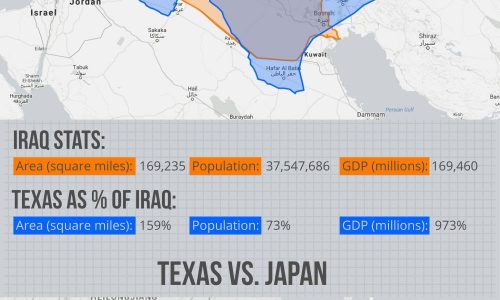
We need the oceans now more than ever before. Taking up over 70% of the Earth’s surface, the ocean is responsible for 70% of the world’s oxygen. The ocean also absorbs half of all man-made CO2. Without the ocean, we could not live on Earth. Not only is it very big, but it is very, very deep. The deepest part of the ocean, at the bottom of the Mariana Trench, is over 36,000 feet deep. You can fit 120 Grand Canyons inside the trench, or Mt. Everest with a mile of water still above the tip. To put it in perspective, the deepest dive was 2,000 feet down, a military submarine goes 3,000 feet down, light stops getting through at 3,280 feet down, and oil rigs operate at 8,000 feet down.
There have been more people that have gone to space than have explored the ocean. The National Oceanic and Atmospheric Administration, or NOAA, would be funded for 1,600 years off of the budget NASA has for one year of space exploration. It is important for us to understand the deep sea. Over 90% of the world’s volcanic activity happens underwater and there are 22 trenches filled with shifting tectonic plates. By studying and learning from the ocean floor we could possibly start to have a better understanding of tsunamis and coastal Earthquakes. A better understanding of these natural disasters could lead to saving lives and preventing these disasters from being so impactful.



